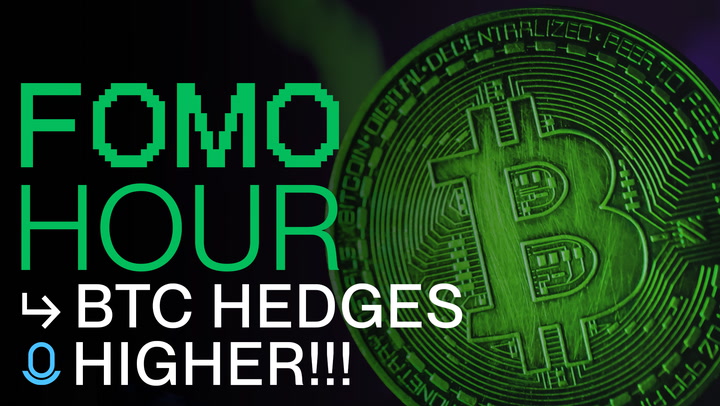The layer-1 Solana network ranks among the largest blockchains dominating the cryptocurrency industry. Staying at the top of its game, the L1 blockchain has grown into a popular choice for decentralized platforms, memecoins, and other crypto projects. There also exists speculation about an upcoming exchange-traded fund (ETF).
This article discusses key updates about the Solana ecosystem and their impact on the price movement of its native cryptocurrency, SOL.
SOL Price Momentum
SOL had a rocky start earlier in the year, dropping to around $95 in April. However, since then, it has made a roaring comeback. By early June, it was trading above $160. The strong comeback caught the eye of crypto watchers and retail participants alike.
What’s behind the bounce? A mix of things. First, renewed interest in Solana’s ecosystem, especially with memecoins and NFTs pulling in tons of traffic. Then there’s the ETF buzz. The idea that SOL might soon have its own exchange-traded fund has given the cryptocurrency a big narrative boost. Finally, the increasing attention given to decentralized finance (DeFi) has prompted various projects to focus on SOL for network fee settlement.
As interest in SOL grows, tools like a Solana price converter have become increasingly useful for tracking its value against fiat currencies like USD, GBP, and EUR, especially for portfolio management or real-time market checks.
What’s New in the Solana Ecosystem?
One of Solana’s biggest strengths is performance. It is fast, handling thousands of transactions per second, and cheap, with fees usually less than a cent. That’s a big deal for developers and users.
But speed alone isn’t enough. As the network attracts more usage, stability and reliability become just as critical. That is where Firedancer comes in, a new validator client built by Jump Crypto. It’s designed to boost the network’s resilience and scalability. If all goes well, it could help eliminate the outages that have plagued Solana in the past.
Alongside these infrastructure upgrades, Solana is also focusing on community and global expansion. Programs like the Solana Hackathons, the Hyperdrive accelerator, and dedicated ecosystem funds are helping onboard hundreds of new projects. Much of this activity originates from regions like Southeast Asia and Latin America, where cryptocurrency is increasingly adopting a mobile-first approach.
In short? Builders are building, and Solana is becoming the go-to choice for numerous Web3 apps in DeFi, NFTs, payments, and gaming.
The Rise of Solana Memecoins
Let’s discuss the memecoin wave as Solana is riding it hard in 2025.
Thanks to low fees and fast confirmation times, Solana has become the go-to chain for launching and trading meme coins. It’s reminiscent of Ethereum’s 2021 memecoin surge, but without the brutal gas fees.
A few memecoins have managed to break through the noise. Standout names include Dogwifhat (WIF), Bonk (BONK), Popcat (POPCAT), and Mew (MEW). Most began as jokes or inside memes, but some quickly gained cult followings and saw serious volume. A few have even hit market caps worth hundreds of millions.
Still, not everything in the meme coin world is sunshine and gains. Many of these tokens are driven purely by speculation, with little to no utility, roadmap, or transparency. There’s also been a rise in scams and rug pulls. So while meme coins are clearly bringing attention to Solana, they’re also risky. If you’re jumping into this space, do your homework.
ETF Rumors and Institutional Attention
The launch of a SOL-focused exchange-traded fund, combined with growing institutional attention, is where things get interesting.
Several big-name asset managers, including VanEck, Grayscale, and 21Shares, have filed to launch spot Solana ETFs in the U.S. This follows the approval of Bitcoin and Ethereum ETFs earlier in the year, which boosted overall market confidence.
Grayscale, in particular, wants to convert its existing Solana Trust into a full ETF. All these applications are currently under review, with analysts eyeing July 2025 as a possible decision window.
So, what would an ETF mean for Solana? It would mark a major step toward validation, signaling that Solana is seen as an institutional-grade asset. It could also open the floodgates for capital inflows from Wall Street firms. Likewise, retail participants seeking exposure through traditional finance (TradFi) platforms may follow.
Conclusion
Solana’s 2025 journey is shaping up to be one of comeback and evolution. The network has bounced back from past technical hiccups and is now positioning itself as a high-performance blockchain with real-world momentum. From viral meme coins to NFT drops, from scaling DeFi apps to lining up for ETF approval, Solana is in the thick of the action.
Whether you’re monitoring price action, exploring new projects, or converting SOL to fiat using a Solana price converter, one thing is clear, Solana isn’t just surviving. It’s thriving.
The post Solana’s Evolution from Little Beginnings to Stardom appeared first on CryptoPotato.
The layer-1 Solana network ranks among the largest blockchains dominating the cryptocurrency industry. Staying at the top of its game, the L1 blockchain has grown into a popular choice for decentralized platforms, memecoins, and other crypto projects. There also exists speculation about an upcoming exchange-traded fund (ETF). This article discusses key updates about the Solana Projects CryptoPotato


















































































































